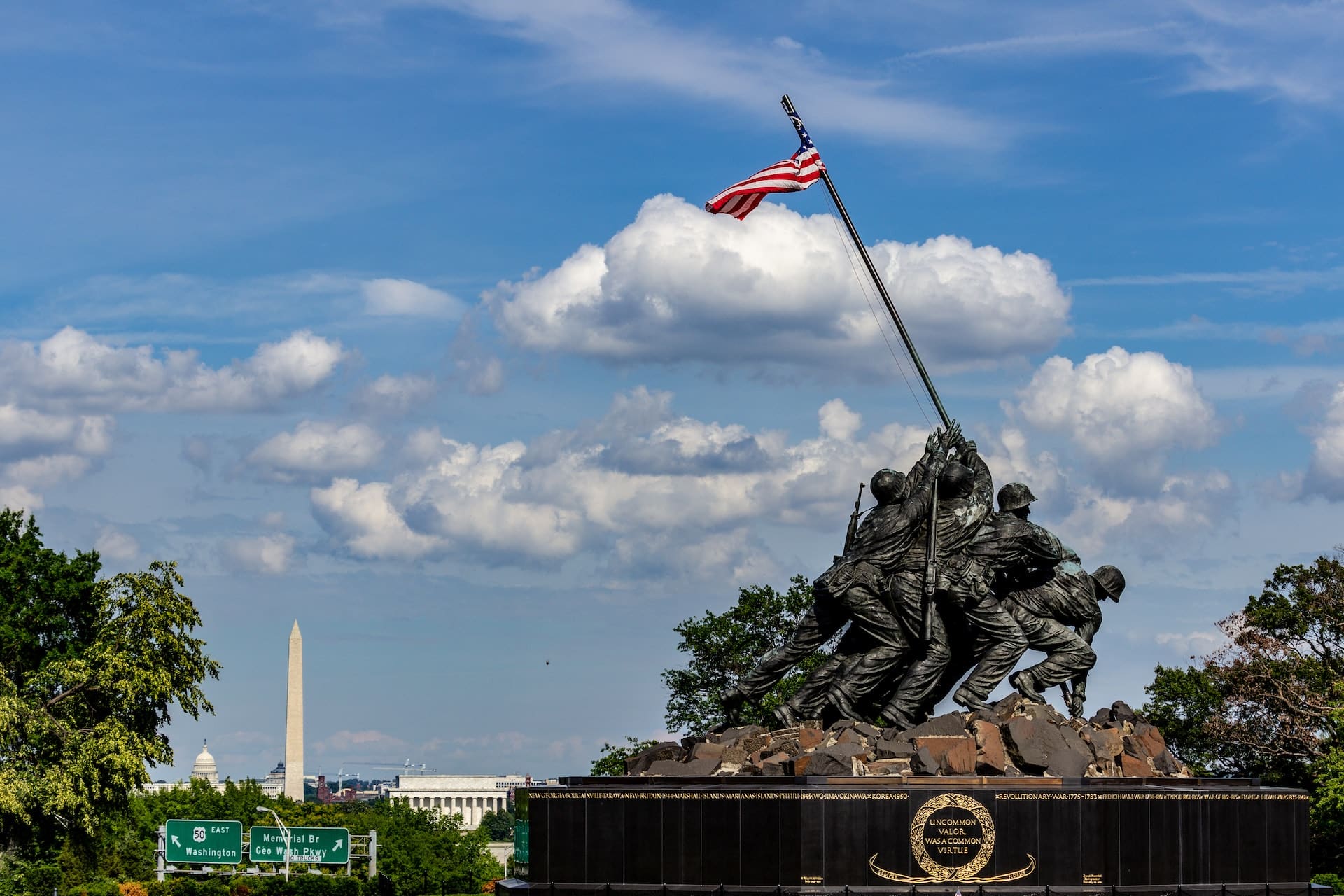Understanding the Intricacies of Chimney Anatomy in Arlington, VA
As the cold winter months draw near in Arlington, VA, the thought of a warm, cozy fire in the hearth takes center stage. But, as enchanting as a crackling fire can be, it’s important to remember that your chimney plays a crucial role in ensuring that the fire remains contained and safe. All too often, homeowners overlook the importance of understanding the anatomy of their chimneys. A thorough comprehension of the intricacies of your chimney’s structure can help ensure its proper care and maintenance.
A healthy, well-maintained chimney is not just about safety; it also improves the efficiency of your fireplace and prolongs its lifespan. This is where A&T Chimney Sweeps fireplace cleaning and repair service in Arlington VA comes in. They offer a wide range of services that keep your chimney in perfect working condition. But before you call in the experts, let’s delve into the anatomy of a chimney and understand how it works.
Chimney Structure: The Basics
A chimney may seem like a simple structure from the outside, but its interior is a complex system of components that work together to vent out smoke and gases safely. The basic parts of a chimney include the chimney flue, chimney liner, smoke chamber, damper, firebox, and hearth.
Chimney Flue: This is the vertical shaft inside the chimney that channels the smoke and gases produced by the fire up and out of your home. The flue needs to be clear of any obstructions and should be regularly cleaned to prevent the buildup of creosote, a highly flammable byproduct of wood combustion.
Chimney Liner: The liner is a protective layer that lines the inside of the flue. It protects the chimney structure from the corrosive byproducts of combustion and helps guide the smoke and gases up through the flue. Chimney liners can be made from clay, metal, or ceramic.
Smoke Chamber: The smoke chamber is the part of the chimney that connects the firebox to the flue. It compresses the byproducts of combustion into a smaller, manageable stream that can be easily vented out through the flue.
Damper: The damper is a movable plate located above the firebox. It can be opened to allow smoke and gases to escape up the flue or closed when the fireplace is not in use to prevent drafts.
Firebox: The firebox is where the fire is actually built. It’s constructed from refractory bricks that can withstand high temperatures.
Hearth: The hearth is the flat surface at the front of the fireplace where the fire burns. It’s designed to catch any sparks or embers that might jump out of the firebox.
Understanding Chimney Maintenance Needs
A properly functioning chimney is essential not just for the efficiency of your fireplace, but also for the safety of your home. As such, chimney maintenance should be a priority for all homeowners. This includes regular inspections and cleanings to remove soot and creosote buildup, checking for any structural damages, and ensuring the chimney cap and damper are functioning correctly.
Inspections and cleanings are best handled by professionals like A&T Chimney Sweeps, who have the right tools and specialized knowledge to do a thorough job. However, homeowners can also play a part in maintaining their chimneys by keeping an eye out for signs of trouble, such as smoke backing up into the home, a strong odor when the fireplace is not in use, or visible damage to the chimney structure.
FAQs about Chimney Anatomy and Maintenance
Q: How often should my chimney be inspected?
A: The National Fire Protection Association recommends that chimneys be inspected at least once a year. If you use your fireplace regularly, it may need to be inspected more often.
Q: What is creosote and why is it dangerous?
A: Creosote is a byproduct of wood combustion that builds up in your chimney flue. It’s highly flammable and if not removed, can lead to a chimney fire.
Q: What are the signs my chimney needs cleaning?
A: Signs your chimney needs cleaning include a strong, unpleasant odor, reduced drafting, and visible soot or creosote in the firebox or chimney.
Q: Can I clean my chimney myself?
A: While it’s possible to clean your chimney yourself, it’s not recommended. Chimney cleaning is a dirty job that requires specialized tools and knowledge. Without them, you could end up damaging your chimney or failing to remove all the creosote, putting your home at risk of a chimney fire.
Q: What is a chimney cap and why is it important?
A: A chimney cap is a protective cover that sits on top of your chimney. It prevents rain, snow, animals, and debris from getting into your chimney, which can damage the structure and create blockages.
Understanding the intricacies of your chimney can help you maintain it properly, ensuring it works efficiently and safely. So, as you cozy up in front of the fire this winter, spare a thought for your chimney and consider scheduling an inspection and cleaning to keep it in top shape.








